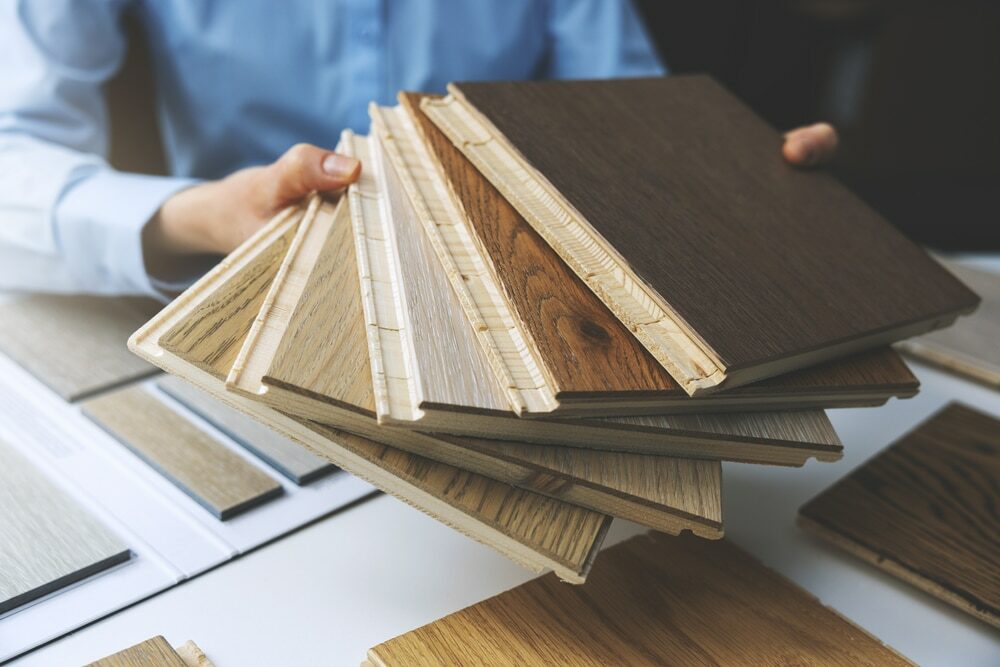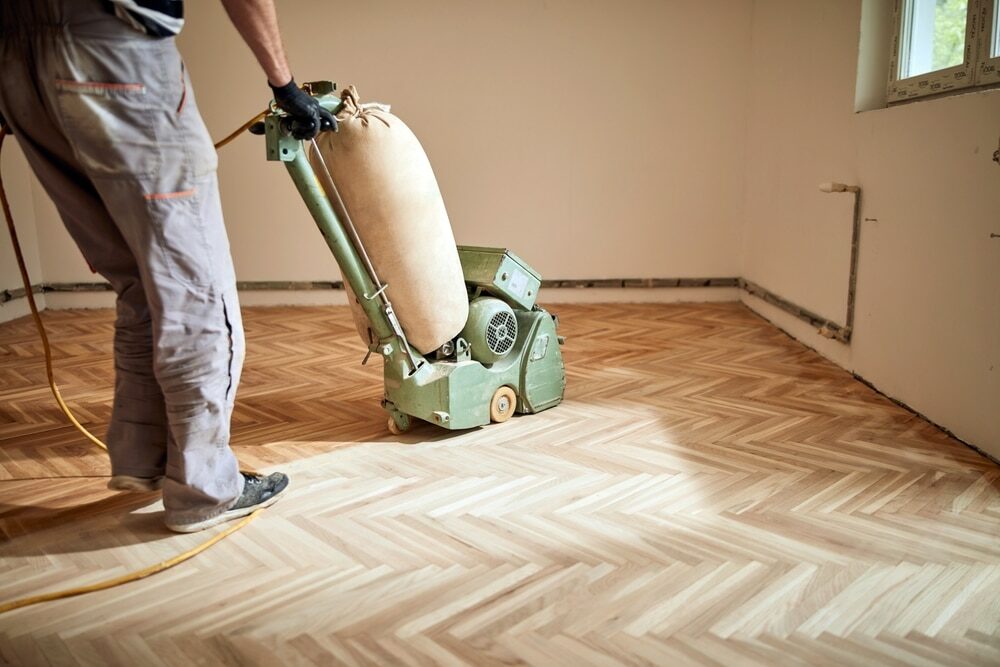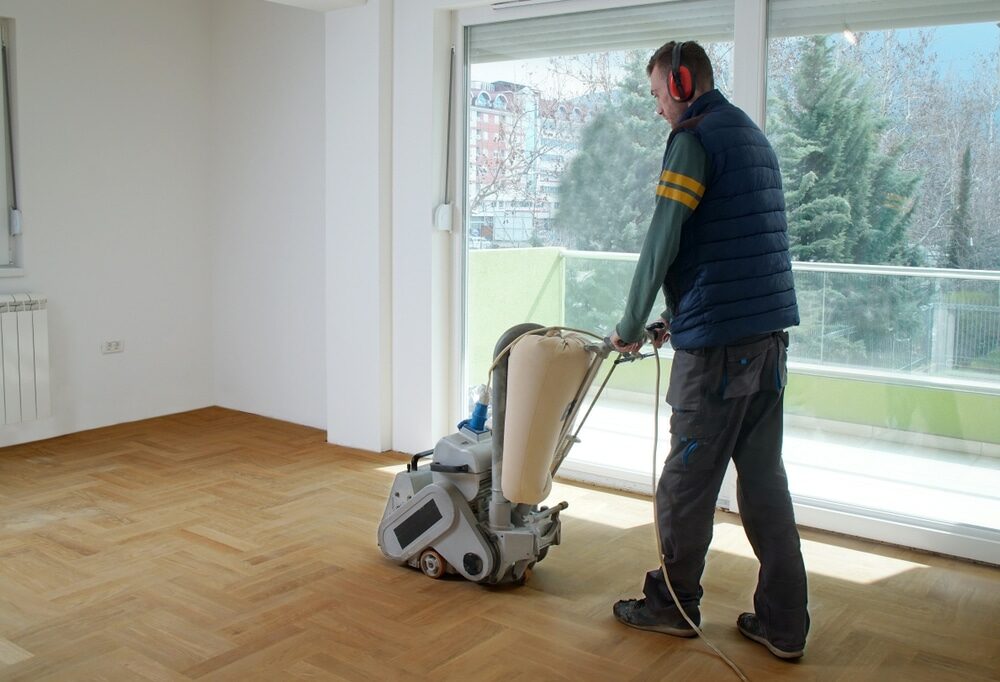London:
Nationwide:
Unveiling the Timeless Charm: Restoring Victorian Era Wood Floors in British Homes
Posted on April 18, 2024
Wood Floor Restorations Articles
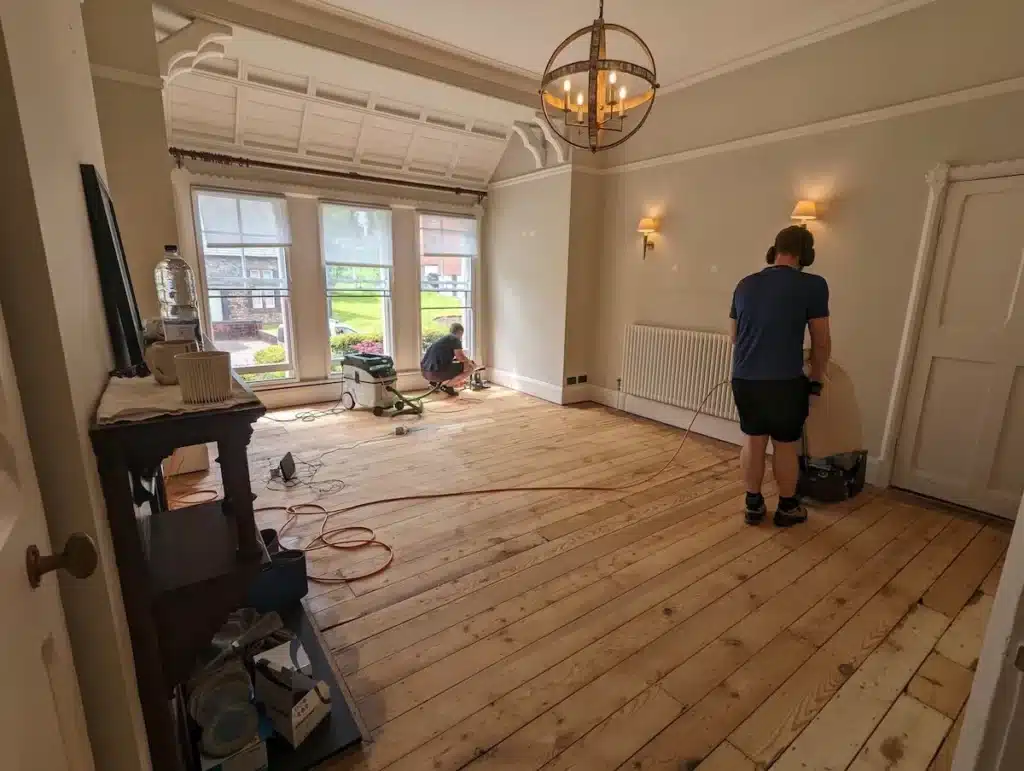
Unveiling the Timeless Charm: Restoring Victorian Era Wood Floors in British Homes
Welcome to our exploration of the timeless charm inherent in Victorian-era homes, with a special focus on one of their most captivating features: wood floors. The Victorian era, spanning from 1837 to 1901, was a period of intense cultural and architectural development in Britain. Homes from this era are celebrated for their distinctive architectural details and the quality of their craftsmanship. Wood floors in these properties are more than just a functional aspect; they are a piece of history, imbued with the charm and spirit of the past. Preserving these floors is not merely about maintaining a building’s aesthetic appeal; it’s about retaining a tangible connection to a bygone era. Through restoration, we can breathe new life into these spaces, allowing them to stand as a testament to their time while continuing to serve modern living needs. This blog post aims to delve into why Victorian wood floors capture our imaginations, the challenges involved in restoring them, and the practical steps required to bring their aged beauty back to prominence. Whether you are a homeowner looking to refurbish your Victorian dwelling, a restoration enthusiast, or simply someone who appreciates historical craftsmanship, this guide will provide you with an insightful look into the restoration of these exquisite features in British homes. Let’s embark on this journey to uncover the methods and rewards of restoring Victorian era wood floors, ensuring they continue to grace our homes with their elegance and character.
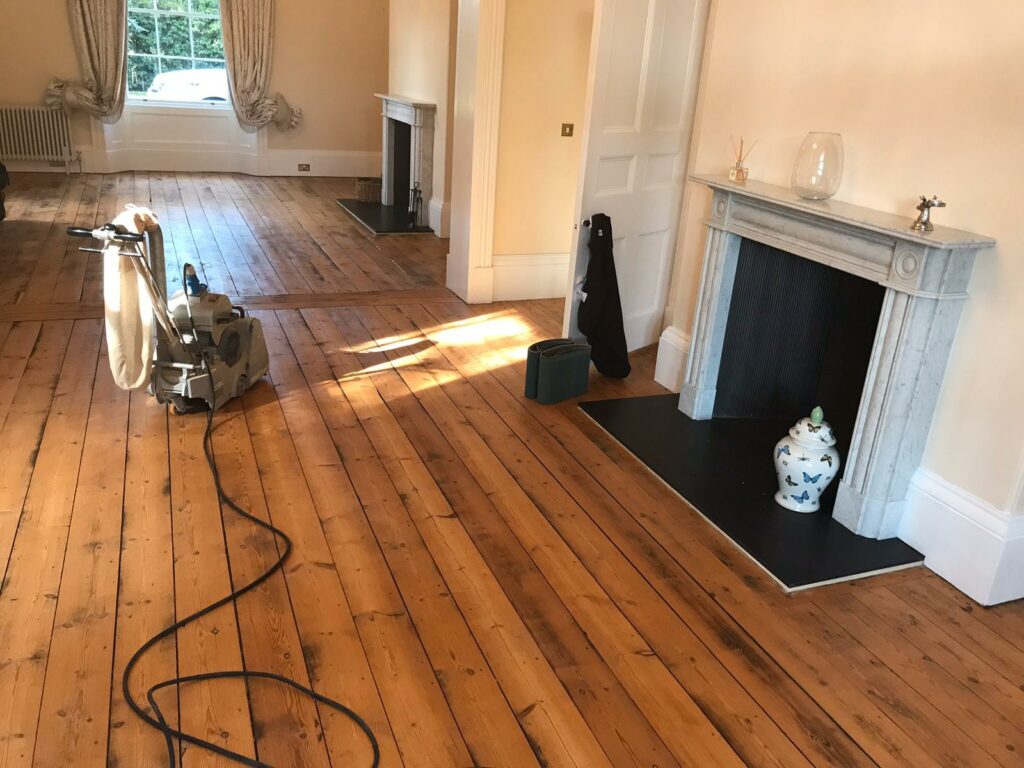
Understanding Victorian Wood Floors
Victorian wood floors are a hallmark of 19th-century British design, reflecting the era’s commitment to detail, quality, and aesthetic appeal. To appreciate the true value of these floors and the importance of their restoration, it’s essential to understand their characteristics and the types of wood typically used during the Victorian era.
Characteristics of Victorian Wood Flooring
Victorian wood floors were crafted with a focus on durability and design. Many of these floors feature intricate patterns, such as parquet and herringbone, which showcase the craftsmanship and artistic expression of the time. Additionally, these floors were often constructed without the use of modern adhesives, relying instead on tongue and groove joints that allowed the wood to expand and contract naturally with changes in humidity.
Common Types of Wood Used
During the Victorian era, the choice of wood was largely influenced by availability, cost, and desired visual impact. The most commonly used woods include:
- Oak: Known for its strength and durability, oak was a popular choice for main living areas and is often found in surviving Victorian floors today.
- Mahogany: Favoured for its rich colour and fine grain, mahogany was typically used in more formal or important rooms to convey a sense of luxury.
- Pine: As a softer and more economical option, pine was commonly used in less formal areas and servant quarters. Over time, pine develops a rich patina that many find highly desirable.
Understanding these foundations not only enriches one’s appreciation for these architectural elements but is also crucial when planning a restoration project. Knowing what type of wood you are dealing with can determine the best restoration methods and finishes to use, ensuring that the wood’s character and integrity are preserved. As we move forward into the technical aspects of restoring these beautiful floors, keeping their historical and material context in mind will guide our efforts in maintaining their original splendour.
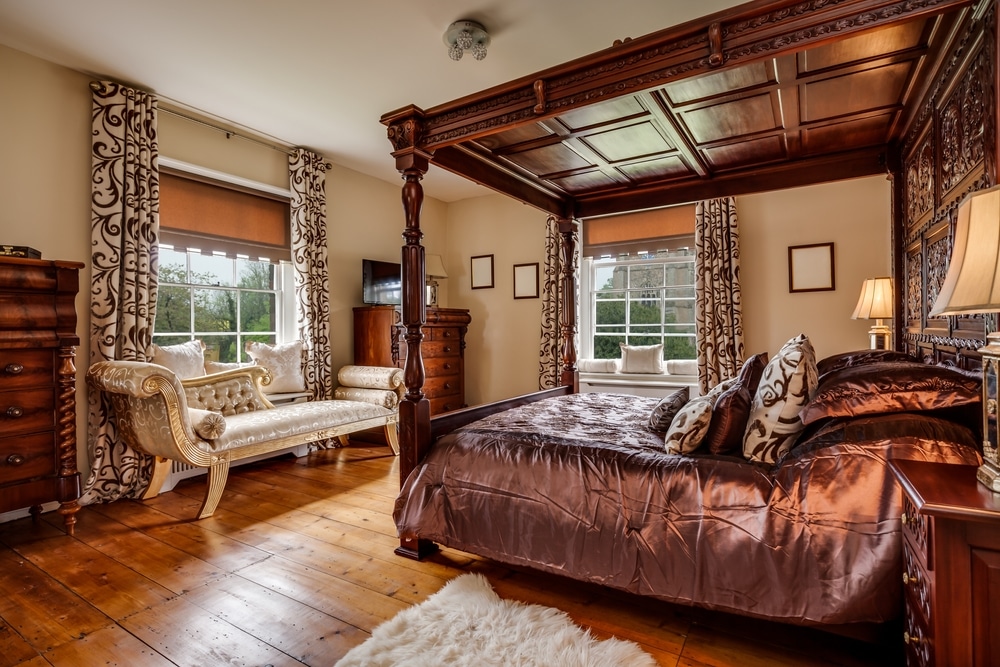
The Ageing Process and Common Issues
Victorian wood floors have withstood the test of time, enduring over a century of use, which naturally leads to various ageing signs and common issues. Understanding these can help homeowners and restorers make informed decisions about the care and restoration of these historic features.
Identifying Signs of Wear and Damage
Over decades, wood floors endure wear and degradation from numerous factors. Key indicators of ageing and damage in Victorian wood floors include:
- Scratches and Scuffs: Daily foot traffic can leave marks, especially in high-traffic areas.
- Discolouration: Sunlight can fade areas of the floor unevenly, while spills and water damage may cause stains or darker patches.
- Creaking Boards: As the wood ages, it dries out and shrinks, causing boards to become loose and creak under pressure.
- Cracks and Splitting: Wood naturally expands and contracts with changes in temperature and humidity, which over time can lead to cracks or splits in the floorboards.
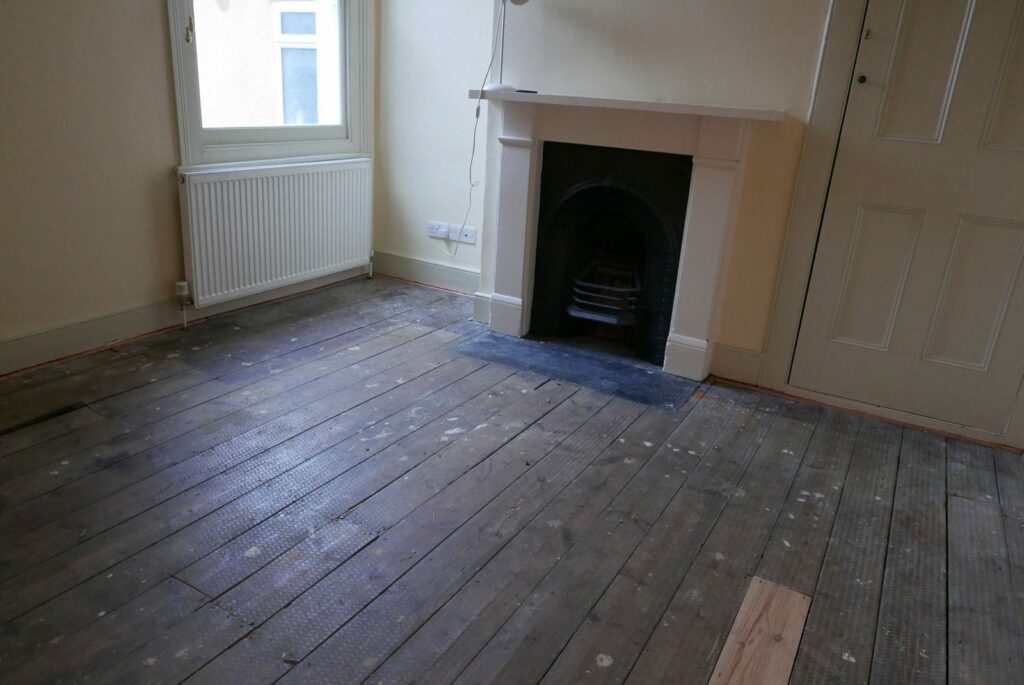
Factors Contributing to Floor Deterioration
Several factors can accelerate the deterioration of Victorian wood floors:
- Environmental Conditions: Changes in humidity and temperature can severely affect wood, causing it to expand, contract, and eventually degrade.
- Inadequate Maintenance: Neglecting regular cleaning and maintenance, such as refinishing or resealing the wood, can lead to accelerated wear and tear.
- Water Damage: Water is particularly harmful to wood floors, leading to rot, mould, and structural damage if not addressed promptly.
- Pest Infestations: Woodworm and other pests can compromise the structural integrity of the wood, often necessitating extensive repairs.
By identifying these common issues and understanding the factors that contribute to the ageing process, homeowners and restorers can better plan for the necessary restoration and preservation strategies. Regular inspections and maintenance are crucial in extending the life of Victorian wood floors and preserving their historical integrity and aesthetic value. In the next section, we will explore the preparation steps required before undertaking a restoration project, ensuring that each floor is returned to its former glory with due care and respect for its original craftsmanship.
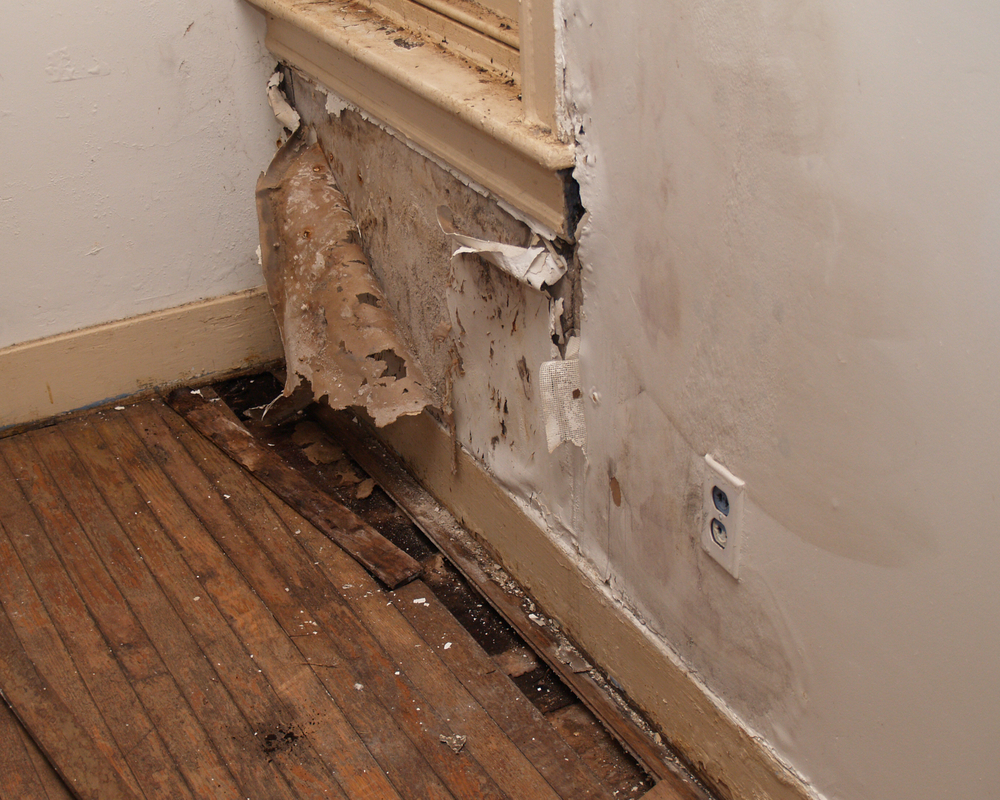
Preparation for Restoration
Before diving into the restoration of Victorian wood floors, adequate preparation is crucial to ensure the success of the project. This stage involves assessing the floor’s condition, gathering the necessary tools and materials, and planning the restoration process in a way that respects the floor’s historical significance.
Assessing the Restoration Needs
The first step in any restoration project is a thorough assessment of the wood floor’s condition. This involves:
- Visual Inspection: Look for signs of wear, damage, and previous repairs. Note areas with significant staining, cracks, or warping.
- Structural Assessment: Check for loose boards, creaky sections, and any signs of structural weakness. This may involve lifting some boards to inspect the joists and subfloor for any hidden issues like rot or pest infestation.
- Historical Consideration: Consider the historical value of the floor. Identify any original features or materials that should be preserved, and research appropriate restoration techniques that maintain the floor’s historical integrity.

Necessary Tools and Materials
Having the right tools and materials on hand is essential for a smooth restoration process. Commonly needed items include:
- Sanding Equipment: Drum sanders, edge sanders, and hand sanders, along with various grits of sandpaper.
- Wood Filler: To fill in gaps, cracks, or holes in the wood.
- Sealants and Finishes: Choose finishes that are appropriate for the type of wood and desired aesthetic, such as varnish, oil, or wax.
- Cleaning Supplies: Mild detergents, soft cloths, and brushes for initial cleaning and ongoing maintenance.
- Protective Gear: Dust masks, goggles, and gloves to protect against dust and chemicals.
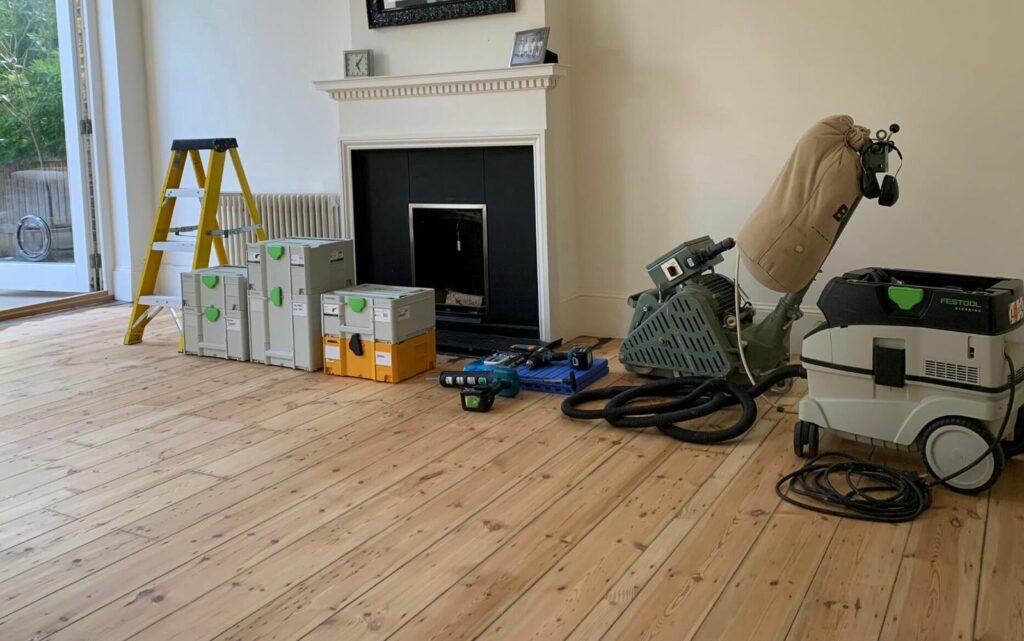
Planning the Restoration Process
Effective planning can significantly impact the restoration’s success. Key planning steps include:
- Scheduling: Plan the project during a time when the space can be out of use, as restoration can be disruptive and the finishes may need time to cure.
- Budgeting: Estimate the cost of materials, tools, and, if necessary, professional help. It’s wise to allocate additional funds for unexpected issues.
- Environmental Conditions: Ensure the area is well-ventilated and at an appropriate temperature and humidity level to support the work being done, especially during sanding and finishing.
Preparation is the foundation of any successful restoration project. By thoroughly assessing the needs, gathering the right tools, and carefully planning the steps, you can ensure that the restoration of a Victorian wood floor not only enhances its beauty but also preserves its character and historical significance for years to come. In the next section, we will delve into the detailed steps involved in the restoration process itself.
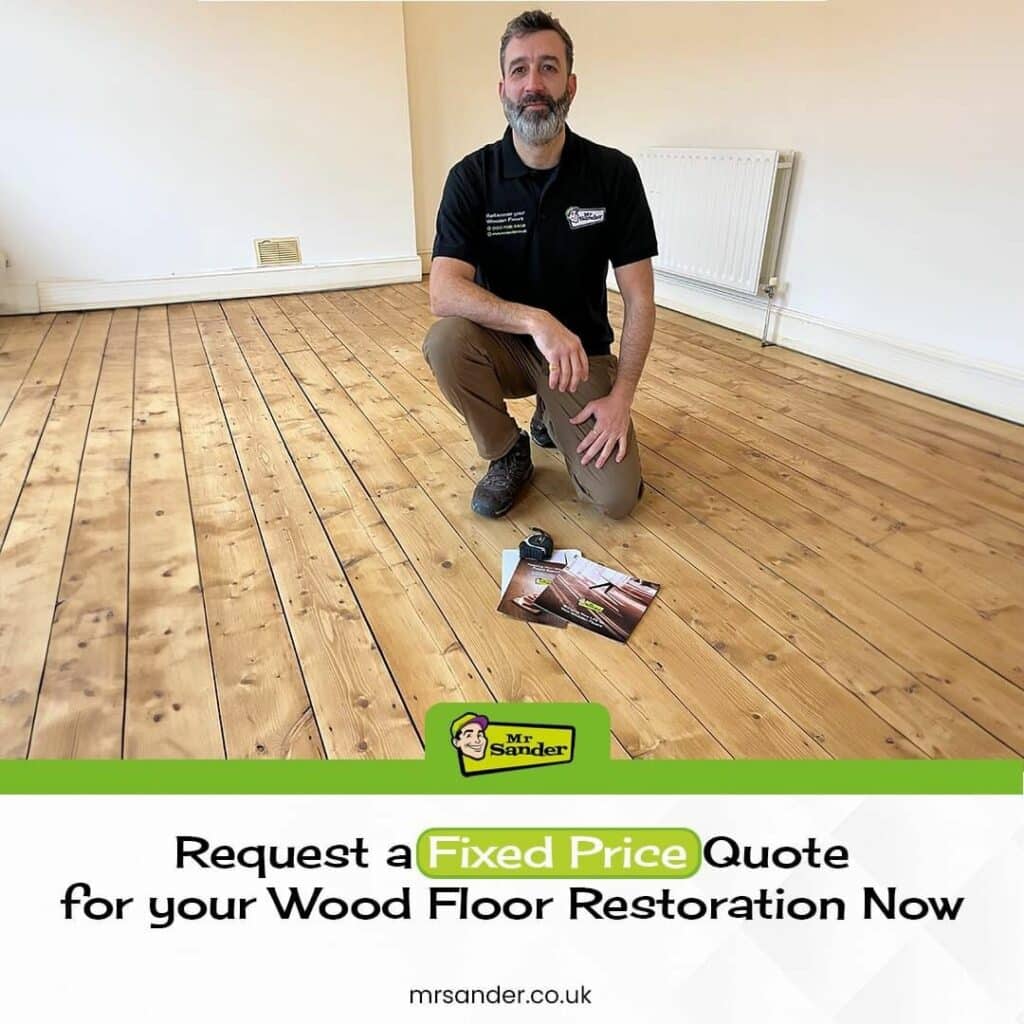
Step-by-Step Restoration Guide
Restoring Victorian wood floors involves meticulous care and attention to detail. By following these carefully planned steps, you can rejuvenate your historic floors while preserving their character and integrity.
Cleaning and Preparing the Wood Surface
- Clean the Surface: Begin by thoroughly sweeping or vacuuming the floor to remove all dust and debris. Follow with a gentle cleaning using a soft cloth and a cleaner suitable for wood floors. Avoid water-based cleaners to prevent moisture damage.
- Check for Nails and Protrusions: Ensure all nails are hammered down below the surface level to avoid damaging sanding equipment. Remove any staples or metal objects embedded in the floor.
- Repair Damaged Areas: Use wood filler to repair cracks and holes, matching the filler as closely as possible to the original wood color. Allow it to dry completely.
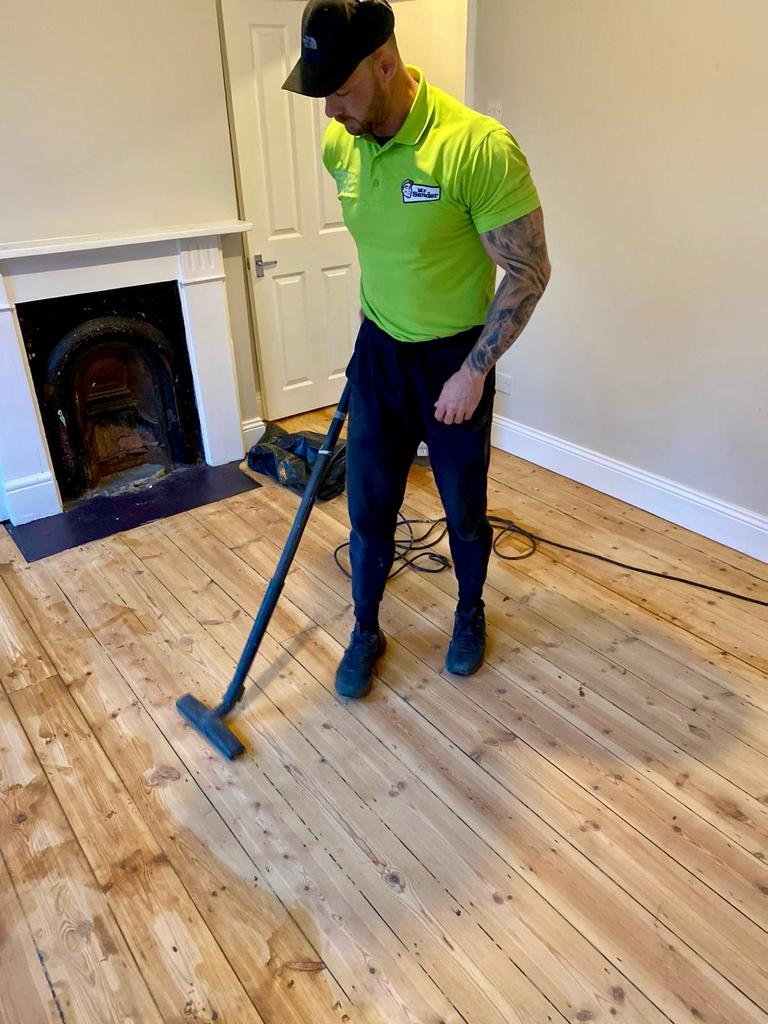
Repairing Damaged Floorboards
- Replace Irreparable Boards: Some boards may be too damaged to save. If so, replace them with new wood that matches the age and type of the original. Age new boards to blend with the old by staining.
- Secure Loose Boards: Reinforce loose boards by securing them back into place. This may involve re-nailing or using adhesives that are compatible with the wood and existing finish.
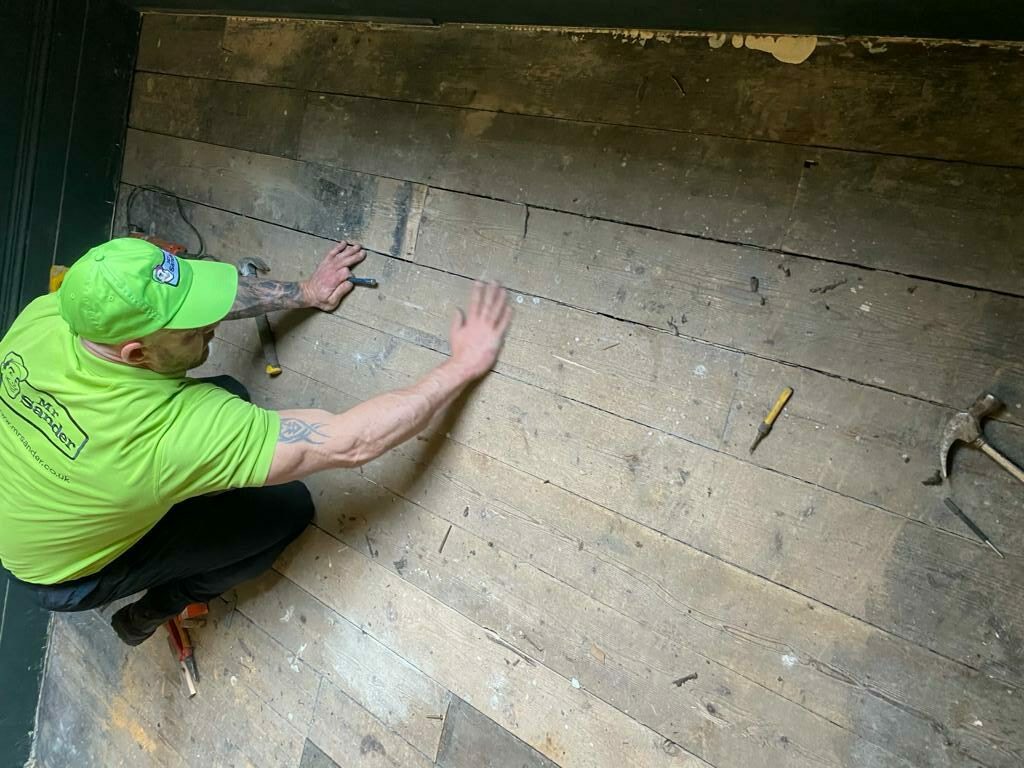
Sanding and Refinishing Techniques
Sanding:
Start sanding with a coarse-grit sandpaper to remove the old finish, scratches, and stains, then progress to finer grits. Use a drum sander for the main areas and an edge sander for the corners and edges. Always sand along the grain of the wood to prevent scratches.
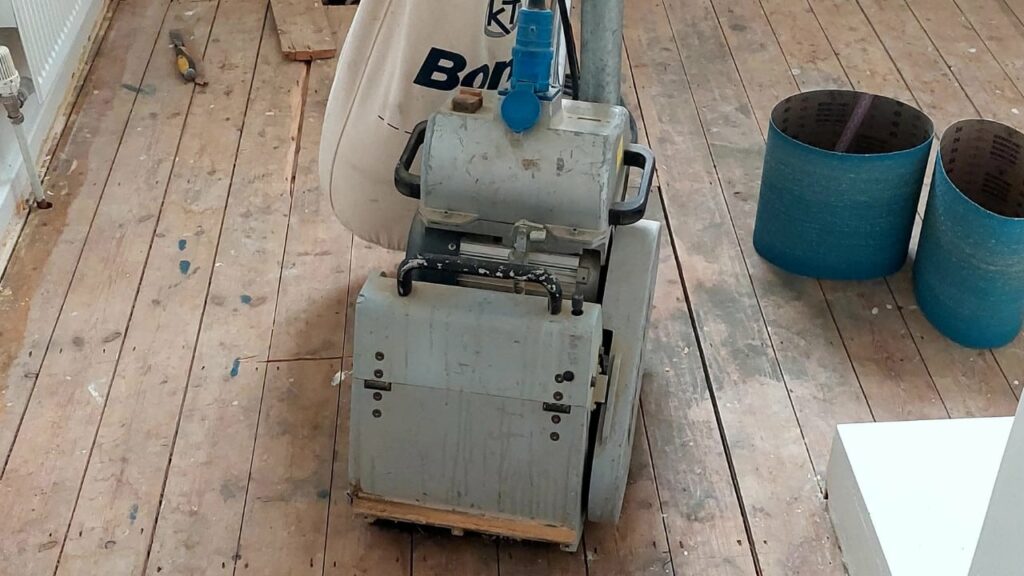
Vacuum and Clean:
After sanding, thoroughly vacuum the floor to remove all sawdust. Wipe with a tack cloth to ensure a completely clean surface before applying the finish.

Apply Stain (if desired):
If changing the color of the floor or enhancing the natural wood tone, apply a wood stain evenly using a brush or rag, following the wood’s grain. Allow it to dry according to the manufacturer’s instructions.
Finishing:
Apply a suitable sealant such as varnish, polyurethane, or oil. Use a natural bristle brush or a lambswool applicator for an even coat. Consider multiple coats, sanding lightly between each to ensure a smooth, durable finish.
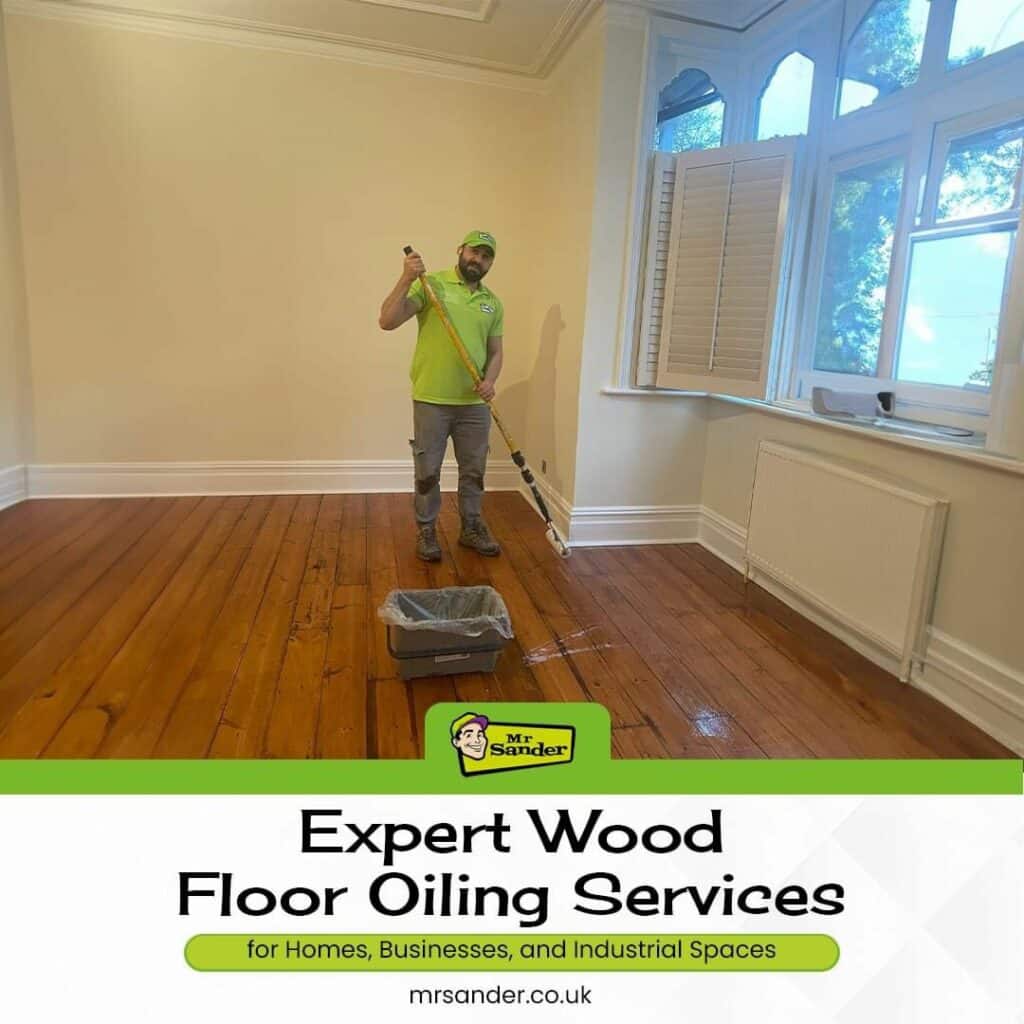
Final Touches
- Curing Time: Allow the final finish to cure fully. Avoid walking on the floor for at least 24 to 48 hours, and refrain from placing furniture or rugs for the time recommended by the finish manufacturer.
- Inspection and Touch-Up: Once dry, inspect the floor for any missed spots or imperfections. Apply additional finish as needed to these areas.
By following these detailed steps, you can successfully restore the beauty and functionality of Victorian wood floors, ensuring they continue to enhance your home’s character and charm. Regular maintenance and careful use will keep these historic treasures looking splendid for future generations.
Choosing the Right Finish
Selecting the appropriate finish for Victorian wood floors is crucial for both preserving the floor’s historical integrity and enhancing its beauty. The finish not only protects the wood from wear and damage but also influences the floor’s appearance and feel. Here’s how to choose the right finish for your Victorian era wood floors:
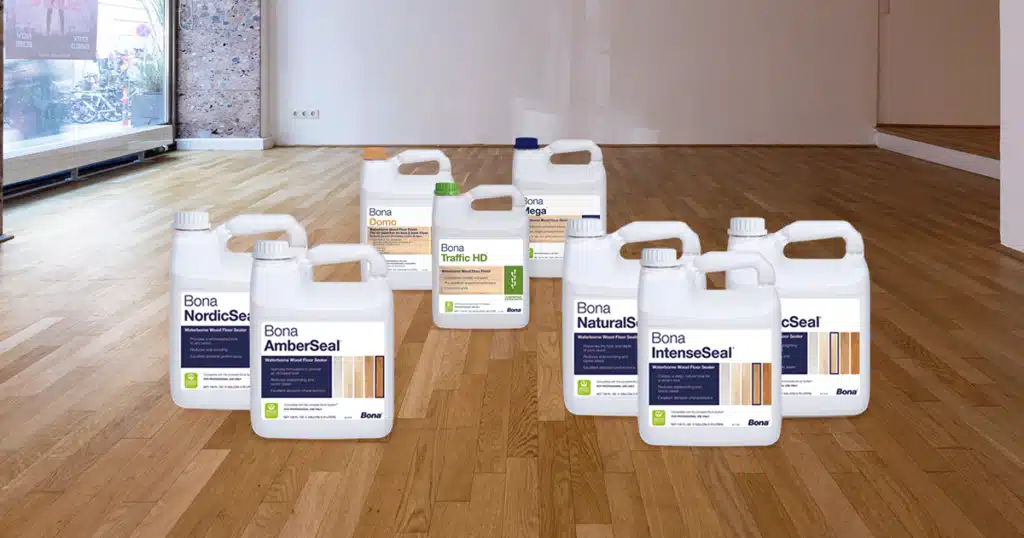
Types of Finishes Suitable for Victorian Wood
Varnish:
Varnish offers a durable and protective coating that enhances the natural colour and grain of the wood. It’s available in various sheens, from matte to high gloss. Varnish can be oil-based or water-based, with oil-based varnishes offering more durability and a slightly richer colour enhancement.
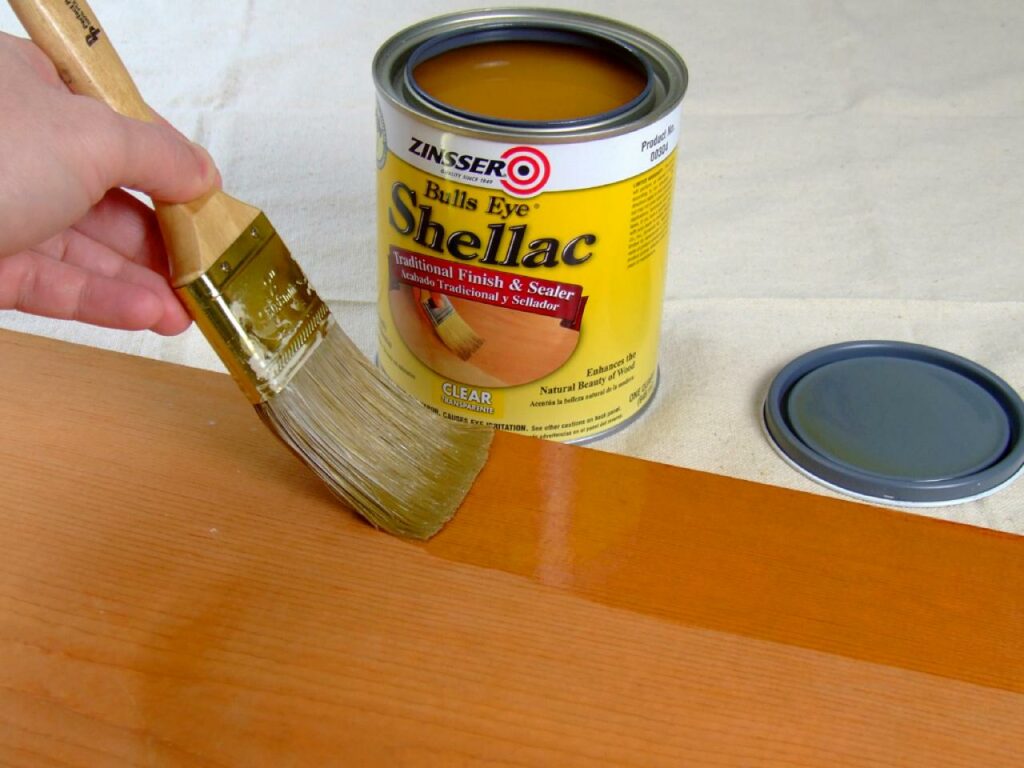
Polyurethane:
This is a popular choice for its durability and resistance to water, scratches, and stains. Polyurethane finishes come in both oil-based and water-based formulas. Oil-based polyurethane imparts a warm amber glow to the wood, which can be desirable for antique aesthetics, while water-based polyurethane retains the wood’s natural colour and dries faster.
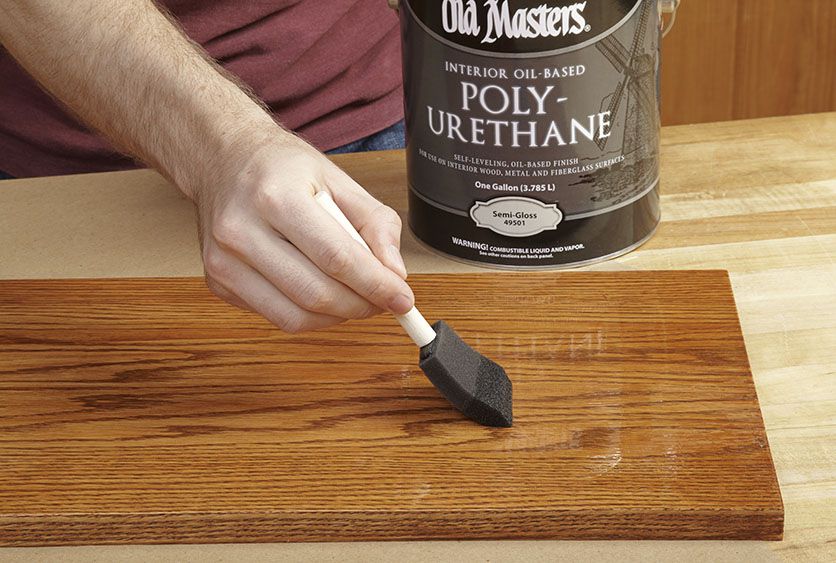
Oil:
Natural oil finishes, such as tung oil or linseed oil, penetrate deep into the wood, providing protection while allowing the wood to breathe. This type of finish enhances the wood’s grain and natural beauty, giving it a more hand-rubbed, old-world appearance that ages gracefully.
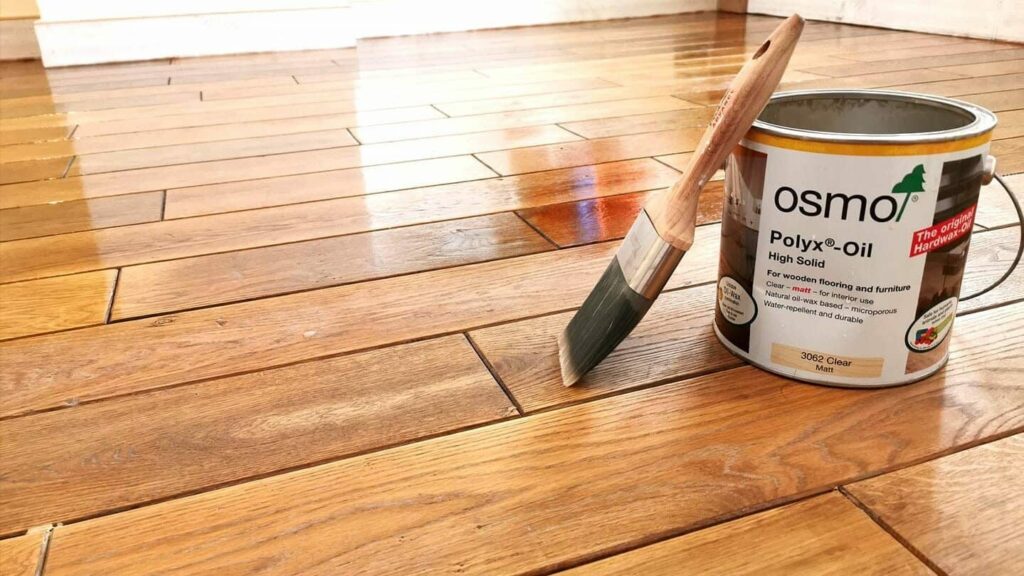
Wax:
Wax finishes provide a soft, natural sheen that can be very attractive on Victorian wood floors. They are less durable than varnishes or polyurethanes but can be re-applied or buffed to maintain their look. Wax is often used in conjunction with oil for added sheen and protection.
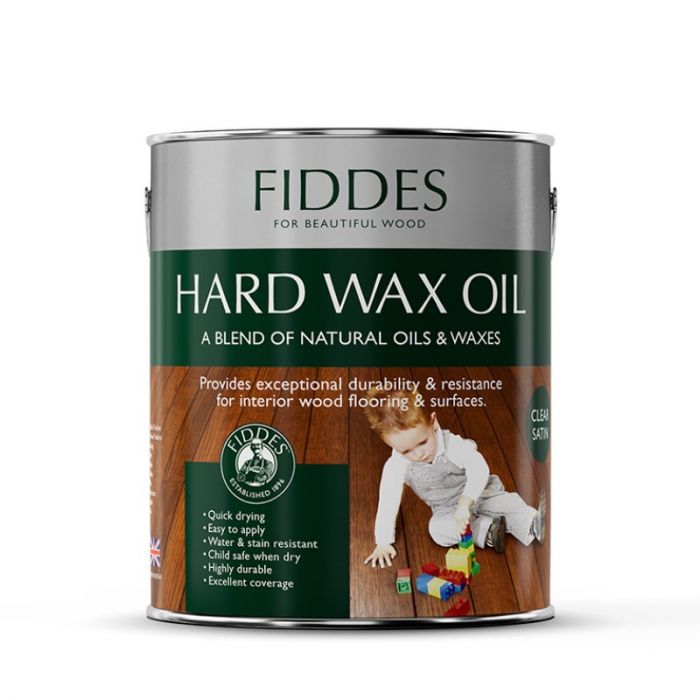
Considerations for Choosing a Finish
- Traffic and Usage: High-traffic areas may require a more durable finish like polyurethane to withstand wear and tear. Less trafficked areas, such as bedrooms or formal dining rooms, might be suitable for wax or oil finishes.
- Aesthetic Preferences: Consider whether you prefer the natural colour of the wood or a slightly tinted appearance. Polyurethane tends to add a glossy finish, while oil and wax provide a more matte, natural look.
- Maintenance Requirements: Varnish and polyurethane offer low-maintenance durability but are harder to repair if damaged. Oil and wax finishes require more frequent upkeep but are easier to touch up without needing to refinish the entire floor.
- Environmental Conditions: If the area is prone to moisture (like kitchens or bathrooms), water-resistant finishes such as polyurethane are recommended. In drier areas, the choice of finish may depend more on aesthetic preference.
- Historical Accuracy: For a restoration that is true to the period, oil or wax might be more historically appropriate, replicating the finishes available during the Victorian era.
Choosing the right finish for Victorian wood floors involves balancing durability, maintenance, aesthetics, and historical accuracy. By carefully considering these factors, you can select a finish that not only protects your floors but also enhances the natural beauty and character of your Victorian home.
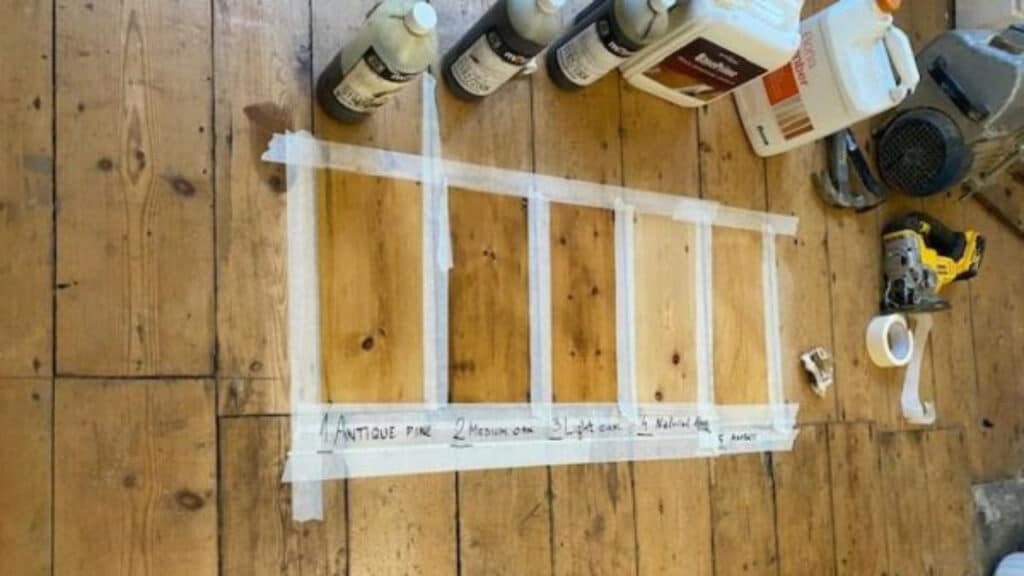
Maintenance Tips to Preserve the Charm
Maintaining Victorian wood floors is essential to preserve their beauty and extend their lifespan. Regular and proper care prevents premature wear and maintains the aesthetic qualities of these historic treasures. Here are some practical tips to help you keep your Victorian wood floors in top condition:
Routine Care and Maintenance
- Regular Cleaning: Sweep or vacuum the floors regularly to remove dirt and grit that can scratch the wood. Use a soft brush attachment on the vacuum to avoid damage. Clean spills immediately with a damp cloth and a mild cleaner designed for wood floors.
- Use the Right Cleaning Products: Avoid harsh chemicals and abrasives that can strip the finish off the wood. Opt for pH-neutral cleaners specifically formulated for use on wood floors.
- Mop with Care: If mopping is necessary, use a well-wrung mop to prevent excess water from seeping into the seams of the wood, which can cause warping and swelling.
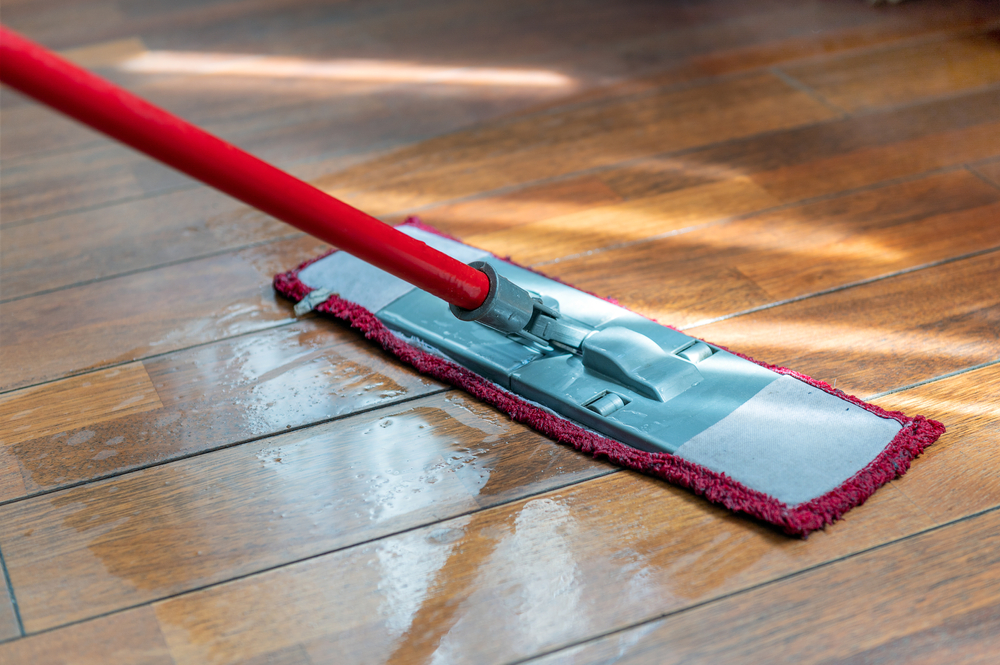
Preventative Measures to Avoid Future Damage
- Use Rugs and Mats: Place mats at entrances and rugs in high-traffic areas to reduce the amount of dirt and grit on the floors. Ensure that the underlay of rugs is suitable for wood floors to avoid scratches.
- Furniture Pads: Attach felt pads to the legs of furniture to prevent scratches when items are moved or used. Regularly check and replace these pads as dirt can become embedded in them over time.
- Avoid Sun Damage: Use curtains or blinds to limit direct sunlight on the floors, which can cause discolouration and fading. UV-protective window films are also an effective option.
- Control the Environment: Wood floors expand and contract based on humidity and temperature levels. Try to maintain a stable environment with a relative humidity between 40-60% and a temperature of 18-24°C (64-75°F).
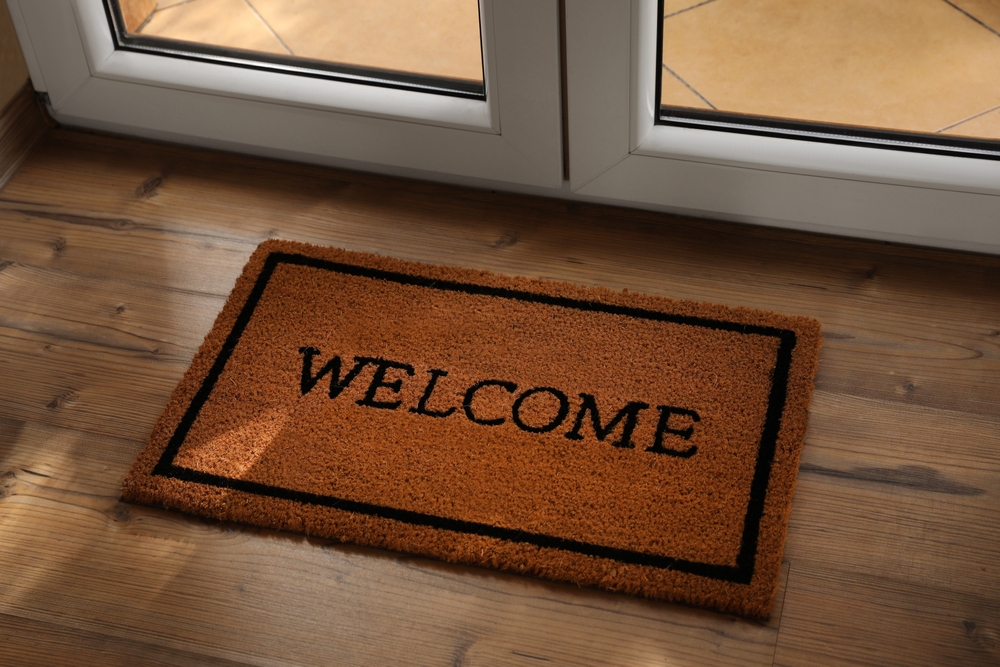
Advanced Care Strategies
- Polish and Re-coat: Depending on traffic and wear, wood floors should be polished or re-coated with a fresh layer of finish every few years to renew their appearance and protect the surface.
- Deep Cleaning: Occasionally, use a wood floor cleaning machine or hire a professional to deep clean your floors, removing built-up residue and refreshing the finish.
- Refinishing: If the floors become severely worn or damaged, consider refinishing. This involves sanding down the surface and applying new stain and finish. It’s a significant undertaking but can dramatically restore the floor’s appearance and durability.
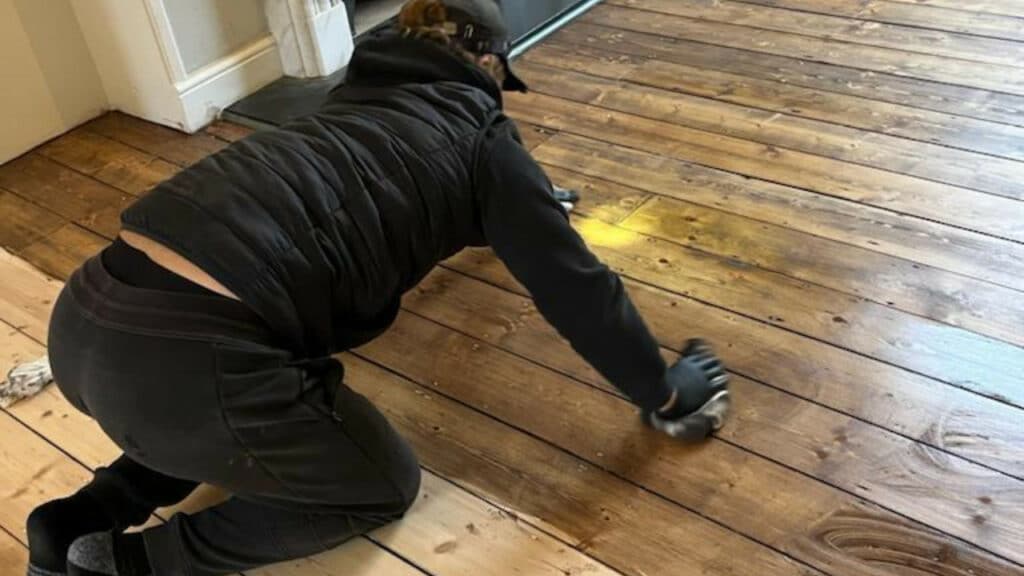
Conclusion
The restoration and maintenance of Victorian wood floors in British homes are both an art and a responsibility. These floors are not just functional elements of a dwelling; they are historical artefacts that carry the legacy of an era renowned for its attention to detail and craftsmanship. By choosing to restore and maintain these beautiful features, homeowners preserve a piece of history and maintain the aesthetic integrity and value of their properties. The processes involved in restoring Victorian wood floors—from understanding their composition and common issues, preparing for restoration, executing the restoration steps, to choosing the right finish and maintaining the floors—are detailed but rewarding. Each step is crucial in ensuring that the floors not only look splendid but are also preserved for future generations to admire and enjoy. Moreover, maintaining these floors with regular care and appropriate preventative measures ensures that their charm and character remain intact, contributing to the home’s overall appeal and atmosphere. It is through such preservation efforts that the legacy of the Victorian era continues to live on in the architecture and interiors of today. Ultimately, the revival of Victorian wood floors is more than just a renovation project; it is a commitment to preserving a slice of architectural heritage. It allows modern homeowners to connect with the past in a very tangible way, making these historic homes not just places to live, but spaces to cherish and celebrate. By embracing the practices outlined in this guide, homeowners can ensure that their Victorian wood floors remain a testament to both historical significance and timeless charm.

Sanding
We provide virtually dust-free sanding with our continuous belt machinery with mobile extraction units, giving you a safer environment for your family.
Oiling
This organic finish not only adds beauty to your home but also has exceptional water-repellent characteristics, making it easier to clean and maintain.
Waxing
This natural floor finish offers the softest and most mellow appearance – and leaves your floor able to breath.
Buffing
Using soft buffing machines (and hand-polishing where required) will bring a wonderful sheen to your newly-finished floor.
Repairs
We offer a full assessment of your wooden floors to determine what repairs are needed to provide the perfect working surface for the later stages of sanding, staining and sealing.
Restoration
We offer a comprehensive restoration process designed to address floors that are improperly fitted or damaged over time through wear and tear.
Request a fixed price quote for your wood floor restoration now
Simply enter your postcode below to get started.
Services
Wood Floor Sanding Wood Floor Restoration Wood Floor Scratch Repair Squeaky Wood Floor Repair Parquet Floor Sanding Parquet Floor Restoration Commercial Floor Sanding Church Floor Sanding Community Centre Floor Sanding School Floor Sanding Gap Filling Gap Filling with ResinCopyright © Mr Sander®
Privacy & Cookies Terms & Conditions Complaints Procedure Cancellation Rights Sitemap